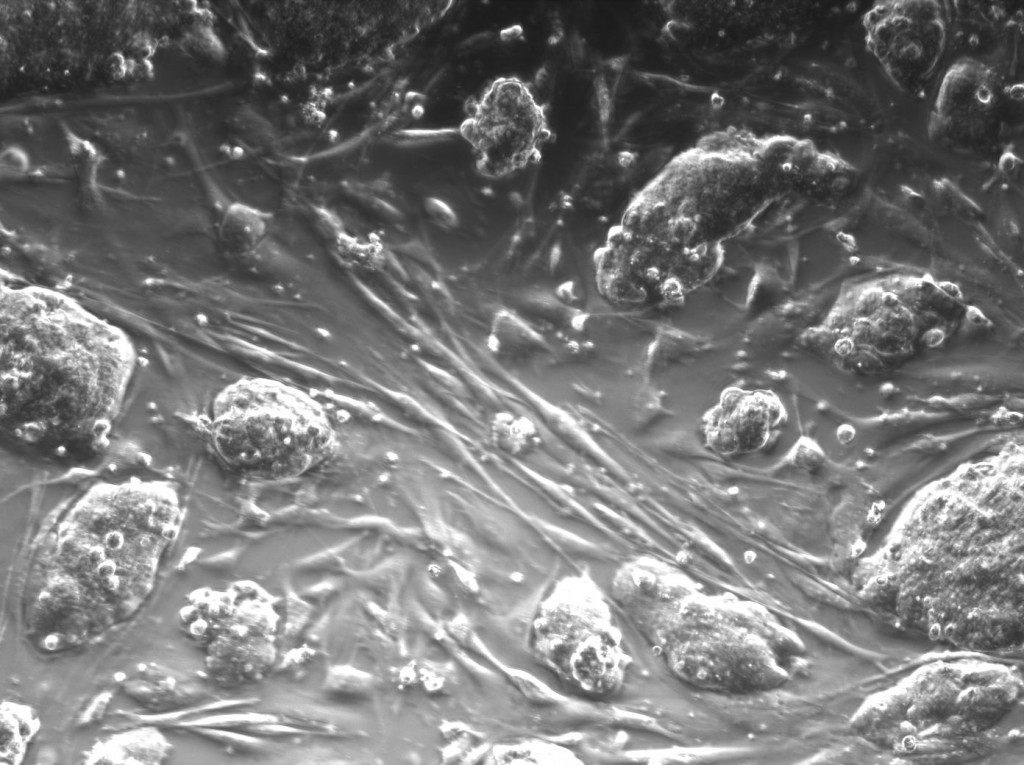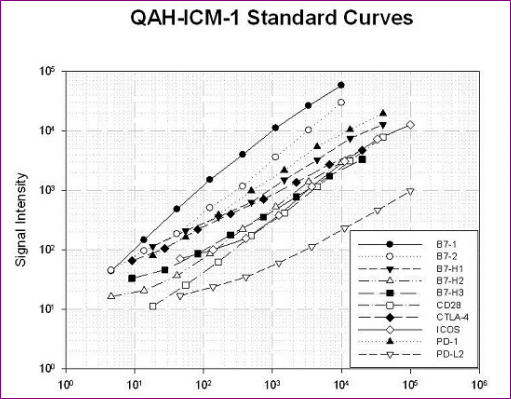New techniques such as cDNA microarrays have enabled us to analyse global gene expression. However, almost all cell functions are executed by proteins, which cannot be studied simply through DNA and RNA techniques. In fact, experimental analysis clearly shows disparity can exist between the relative expression levels of mRNA and their corresponding proteins (1).
Therefore, analysis of the proteomic profile is critical, especially in processes that rely on secreted proteins (e.g. inflammation). The conventional approach to analysing multiple protein expression levels has been to use 2-D SDS-PAGE coupled with mass spectrometry. However, these methods are slow, expensive, labor-intensive and require specialised equipment. Moreover, these traditional methods of proteomics are not sensitive enough to detect most secreted biomarkers (typically at pg/ml concentrations).
For some years now, antibody arrays have been available to study markers and publish their discoveries in various areas like Immunology, Atherosclerosis, Inflammation, Angiogenesis, Immunoediting and even signaling pathways (ex. phosphorylation, Receptor Tyrosine Kinases…). So far, however, and in spite of the growing demand by researchers working on stem cells, there were no antibody arrays for this area of research, meaning that individual Western Blots had to be performed. But not any more!
5 reasons to use an Antibody array for your stem cell research
A new antibody array (belonging to the RayBiotech C-Series) is now available for the simultaneous detection and analysis of the relative protein expression levels of 15 stem cell markers.
This Human Stem Cell Array Kit has several advantages over single, separate analysis of stem cell markers. The 5 main reasons why this new array might boost stem cell research are:
- Global overview of your cellular model at the protein level

Layout of the Human Stem Cell Array (Cat. No. #126AAH-SC-1-2/4/8). - Faster results by gathering several stem-cell-markers analyzed in 1 experiment
- Great Sensitivity (ex. as little as 4 pg/ml of MCP-1 detected)
- Wider Detection Range (concentration ranges detected are up to 10,000-fold)
- Better Precision (inter-array CV of spot signal intensities is 5-10%)
This Human Stem Cell Array Kit complements primary antibodies validated for pluripotency tests.
What about you?
Which stem cell markers are you monitoring? What are your favourite experimental methods for tracking cell differentiation?
Are you interested in testing the Raybio Stem cell Antibody Array via tebu-bio? Feel free to contact me or leave a comment below.
References
1.- Sommer et al (2009). J Cell Biochem. 2009 Mar 1;106(4):729-37. doi: 10.1002/jcb.22068



